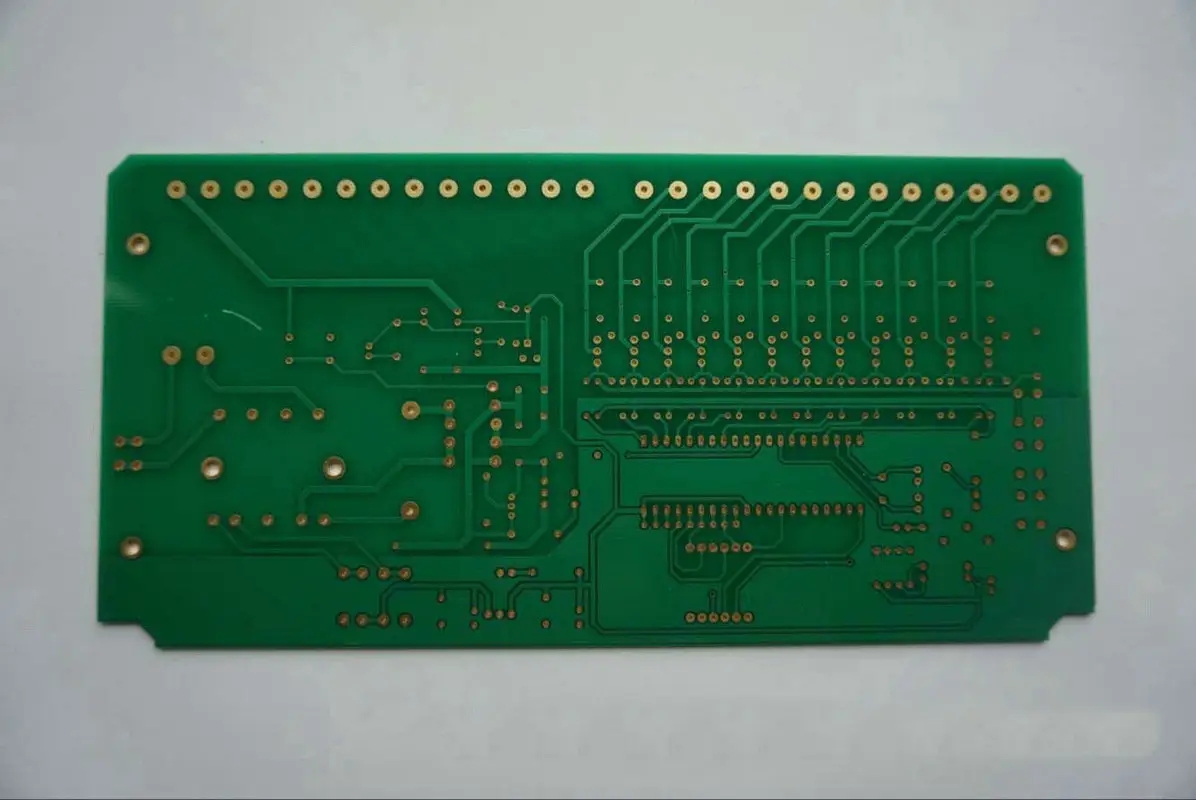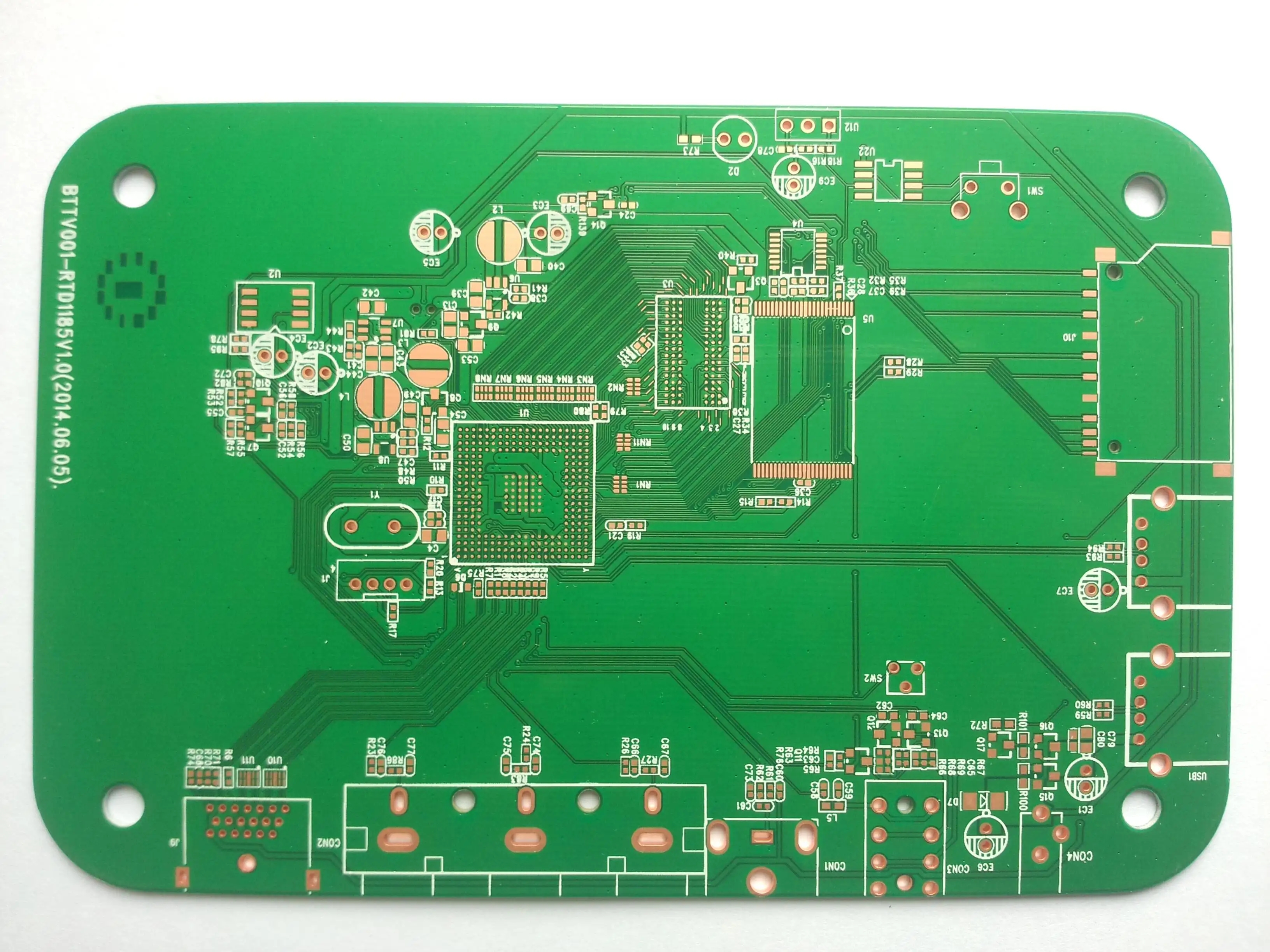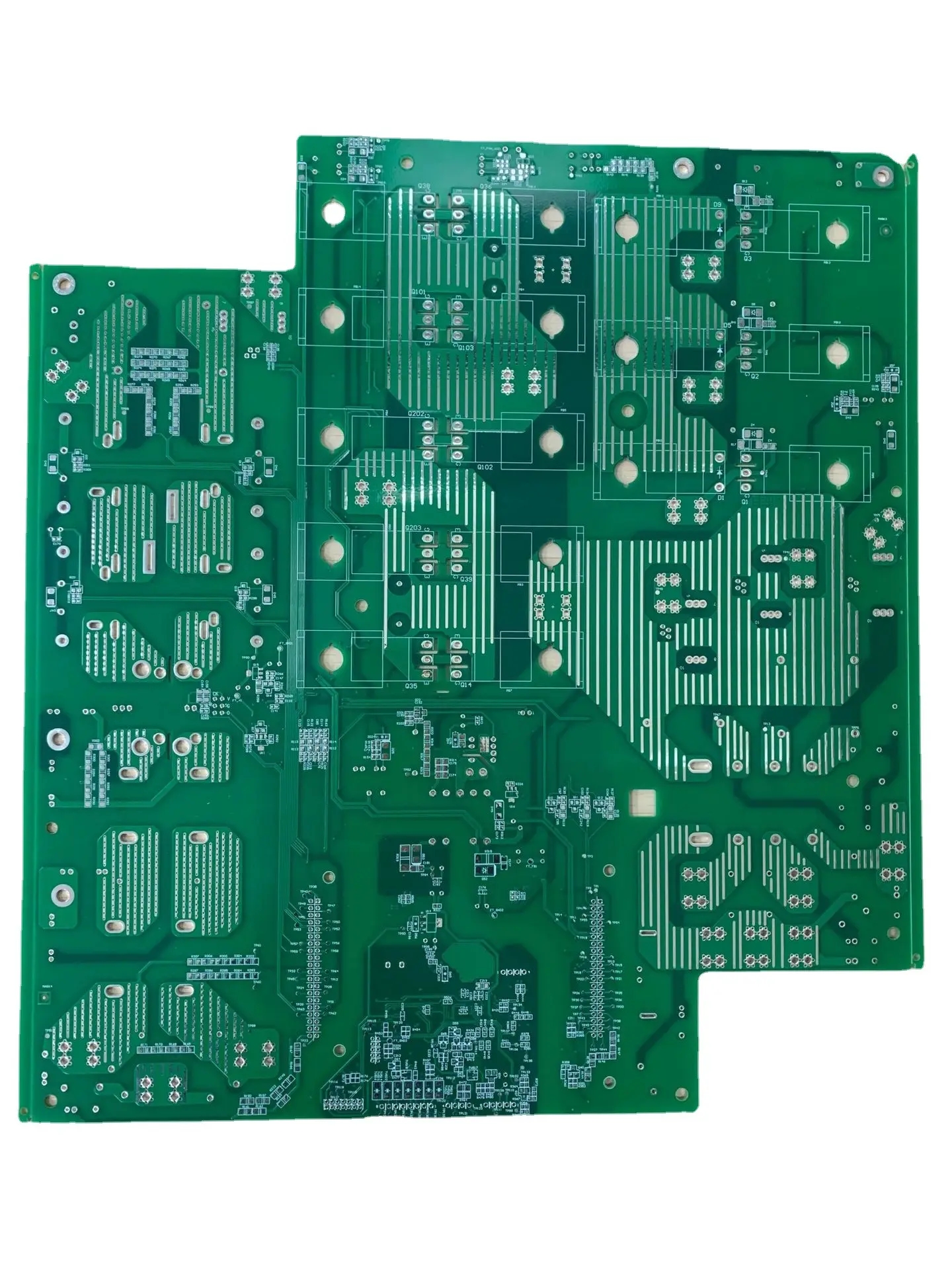
Anti corrosion agent coating - double-sided FPC manufacturing process explanation
At present, the coating methods of resist are divided into the following three methods according to the precision and output of circuit graphics: screen leak printing method, dry film/photosensitive method, and liquid resist photosensitive method.
The anti-corrosive ink uses the screen leak printing method to directly leak print the line graphics on the copper foil surface, which is the most commonly used technology, suitable for mass production, and low cost. The precision of the formed line graph can reach 0.2~0.3 mm of line width/spacing, but it is not suitable for more precise graphs. This method can not be adapted gradually with the micronization. Compared with the dry film method described below, it requires operators with certain skills, who must be trained for many years, which is an unfavorable factor.
The dry film method can produce 70~80 as long as the equipment and conditions are complete μ M line width figure. At present, most of the precision patterns below 0.3mm can be formed into corrosion resistant line patterns by dry film method. Dry film with thickness of 15-25 μ m. If possible, the batch level can be 30~40 μ The figure of m line width.

When selecting the dry film, it must be determined according to the matching with the copper foil and the process and through tests. Even if the experimental level has good resolution, it may not have a high qualification rate in mass production. Flexible printed circuit board is thin and easy to bend. If a hard dry film is selected, it is brittle and has poor mobility, so cracks or peeling will also occur, thus reducing the qualification rate of etching.
The dry film is rolled, and the production equipment and operation are relatively simple. The dry film is composed of a thin polyester protective film, a photoresist film and a thick polyester release film. Before pasting the film, first peel off the release film (also called the diaphragm), and then paste it on the surface of the copper foil with a hot roller. Before developing, tear off the protective film (also called the carrier film or the covering film) on it. Generally, there are guide positioning holes on both sides of the flexible printed circuit board, and the dry film can be slightly narrower than the flexible copper foil to be pasted. The automatic film pasting device for rigid printed circuit boards is not applicable to the film pasting of flexible printed circuit boards, and some design changes must be made. Due to the high linear speed of dry film pasting compared with other processes, many factories do not use automatic pasting, but use manual pasting.
After pasting the dry film, in order to make it stable, it should be exposed after 15~20min.
If the line width of line graph is 30 μ Below m, if the figure is formed by dry film, the qualification rate will decrease significantly. Generally, liquid photoresist is used instead of dry film in batch production. The coating thickness will vary with different coating conditions. If the coating thickness is 5~15 μ M of liquid photoresist at 5 μ On m thick copper foil, the laboratory level can etch 10 μ Line width below m.
The liquid photoresist must be dried and baked after coating. Because this heat treatment will have a great impact on the performance of the photoresist film, the drying conditions must be strictly controlled.
PCB manufacturing, PCB design and PCBA processing manufacturers will explain the coating of anti-corrosion agent - double-sided FPC manufacturing process.







